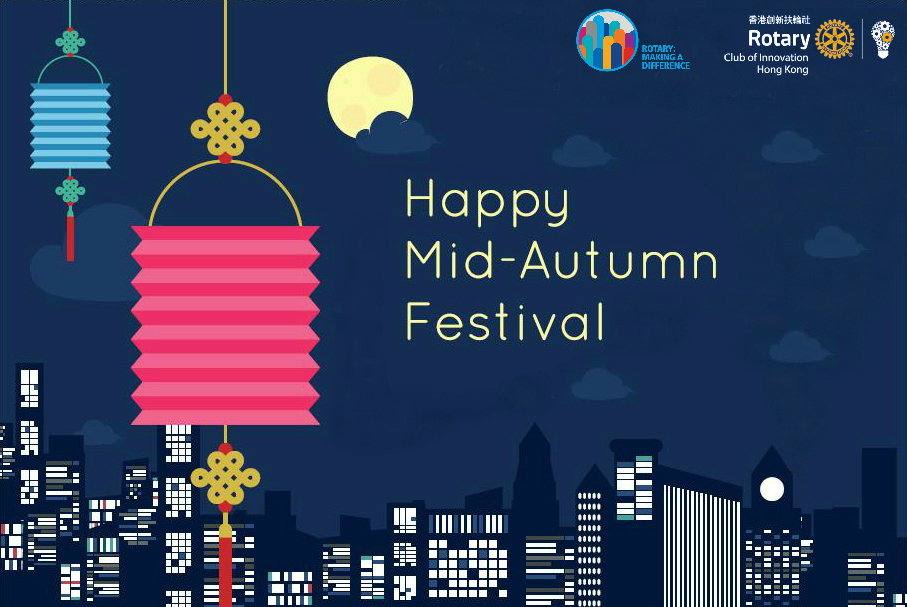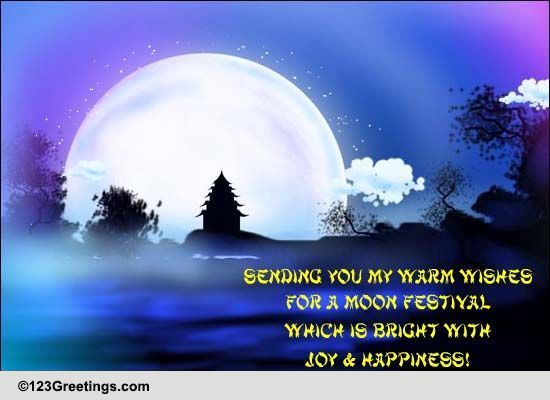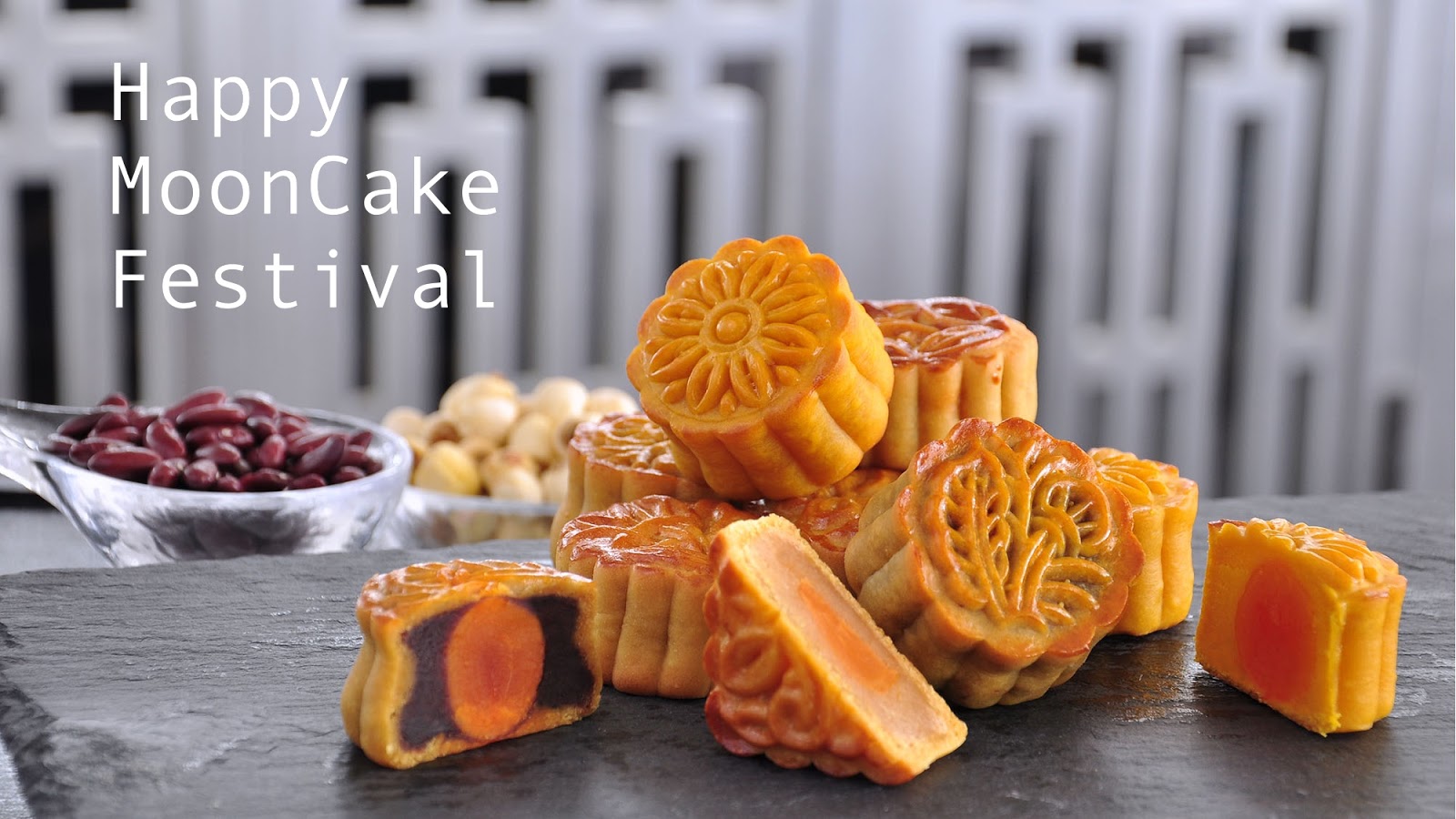
You’ll see these lanterns for sale on streets all over Vietnam in the days leading up to the festival.Īll across Vietnam, families welcome Tết Trung Thu by placing a five-fruit tray and cakes on our ancestral altar. The most popular Trung Thu lantern is a star made with red cellophane.

City districts team up with preparations of toys, lanterns and colourful masks in anticipation. Mooncake stalls appear on every other corner, pop-ups with elaborately decorated boxes filled with a variety of mystery cakes and fillings. In the weeks before Tết Trung Thu, you will see and hear groups of lion dancers practicing on the streets. Tết Trung Thu marks a joyous occasion when the work is finished and there’s time to spend with loved ones. The celebration of the harvest is an important part of Tết Trung Thu, as many Vietnamese live in rural areas and work as farmers. Children parade lanterns in the streets the night of Mid-autumn Festival to help light the way to earth for Cuội from the moon.
#Happy moon festival full#
We say that if you look closely at the full moon, you can see the shadow of a man sitting under a tree. Our best-known tale is about a man named Cuội who hung on to a magical banyan tree as it floated up to the moon. While the Mid-autumn Festival originated in China and is celebrated in many Asian countries, the Vietnamese version has its own traditions and legends.
#Happy moon festival how to#
Here’s how to make the most of this magical holiday. This year, the Mid-autumn Festival will be held October 1, 2020, in the middle of the eighth lunar month, however preparations begin far in advance. Tết Trung Thu or Mid-autumn Festival, is also known in Vietnam as the “Children’s Festival”. Mid-Autumn Festival celebrations vary from region to region.Every Vietnamese child dreams about an amazing Tết Trung Thu with his or her own brightly lit lantern and a belly full of mooncakes. The Emperor was delighted by the rabbit’s hard work and granted it a layer of dazzling, snow-white fur – creating its name, the Jade Rabbit.

The selfless act moved the three immortals, so the rabbit was brought to the moon, where it mastered medicine making. Feeling guilty, the rabbit sacrificed itself as food.

Both the monkey and fox returned with food, but the rabbit couldn’t. Three sympathetic animals, a monkey, fox, and rabbit, came forward. The immortals, disguised as starving beggars, went into the forest to find the worthy animal willing to help them. The three immortals believed that humans were corrupt and untrustworthy, so they searched for an animal instead. One day, the Jade Emperor sent three divine beings to Earth in search of someone to create elixirs of immortality.

It is said that the Jade Rabbit now lives with Chang'e, the goddess of the moon. Several legends, including Chang'e and Hou Yi, and the Jade Rabbit, are associated with the Festival. Some people also celebrate this day to honor a successful period of harvest. Similar to Thanksgiving, family and friends come together to enjoy a feast and celebrate through several traditions. In general, the Mid-Autumn Festival symbolizes unity and harmony through a day of remembrance of loved ones, hopeful wishes, and time with family. This year, the Mid-Autumn Festival lands on Tuesday, September 21, 2021. Outside China, the Mid-Autumn Festival is celebrated in many East Asian and Southeast Asian countries such as Vietnam, Korea, Japan, Malaysia, and others. It is celebrated on the 15th of the eighth month on the lunar calendar, when the moon is said to be especially round. The Mid-Autumn Festival is one of four major traditional holidays in China – second only to Lunar New Year.


 0 kommentar(er)
0 kommentar(er)
